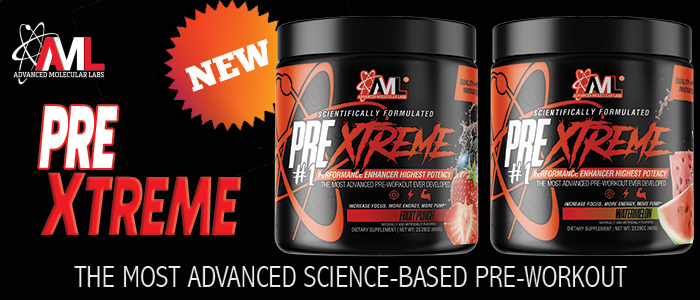


Excess Iron Linked to Muscle Atrophy
People lose 20 percent of their muscle mass between ages 40 and 60, and the rate accelerates after that. Muscle wasting— a condition called sarcopenia— reduces the capacity to regulate carbohydrate, fat and protein metabolism, promotes bone loss and impairs the quality of life. A study on mice by scientists from Tokushima University in Japan showed that increased dietary iron intake increased levels of toxic chemicals (hydroxyl radicals) that triggered muscle atrophy. Iron is an essential component of blood hemoglobin— the protein in blood cells that transports oxygen and carbon dioxide. Iron in hemoglobin contributes to giving blood its red color. High blood iron levels increase the risk of heart attack in men. Many people take iron supplements to promote heart health. This could have severe consequences. (Journal of Trace Elements in Medicine and Biology, 35: 66-76, 2016)




